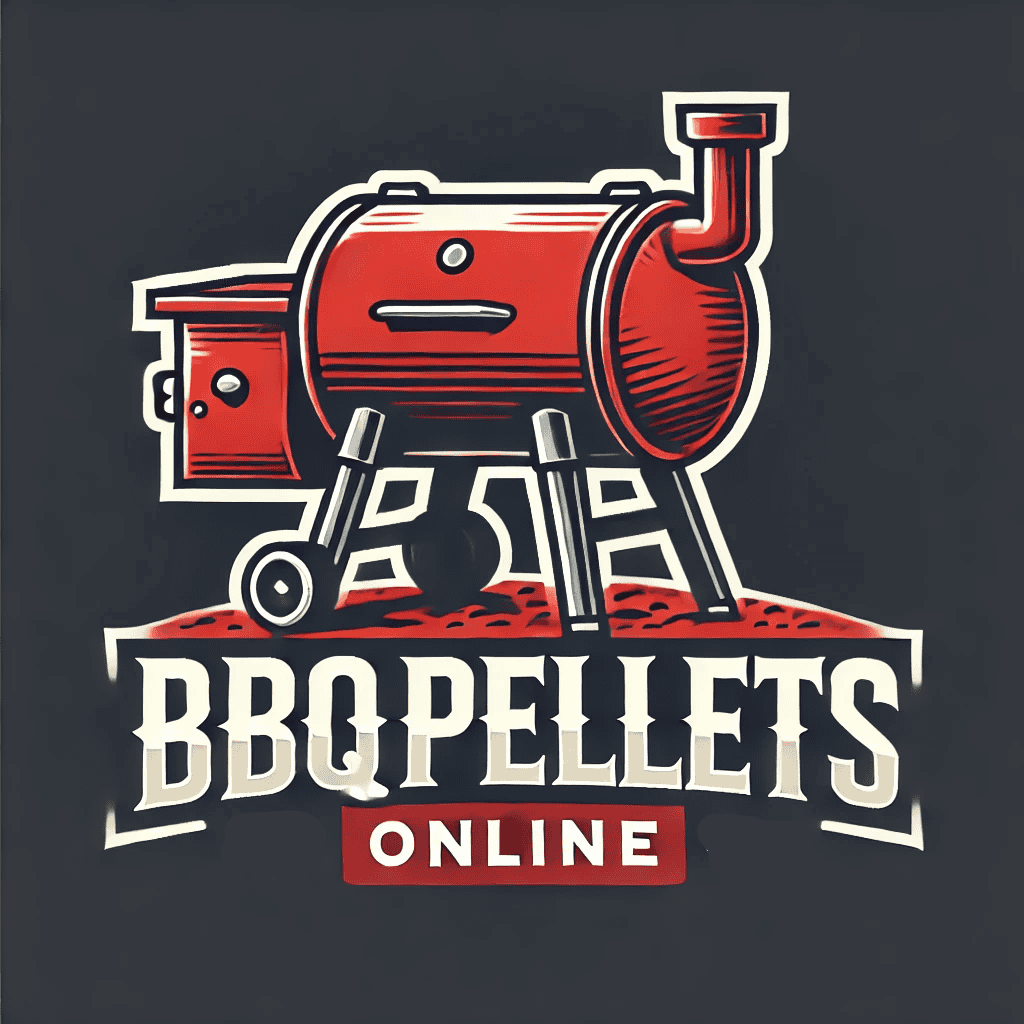The video is by House Dad Life
Making the Switch: What to Expect When Moving from a Gas Grill to a Pellet Grill
If you grew up grilling on a gas grill and are considering switching to a pellet grill, you might be wondering what the experience will be like. After using a pellet grill for over seven years, I can confidently say that the transition is easier than you might think, and the benefits are worth it. When I made the switch, I had plenty of questions, so I’m here to help answer some of yours and guide you in deciding whether a pellet grill is the right fit for you.
Protecting Your Investment: Get a Cover
One of the first things you’ll want to do if you decide to get a pellet grill is invest in a high-quality cover. I’ve had mine covered since day one, and after seven years, I have had zero breakdowns or mechanical issues. While the cover isn’t always the easiest to take on and off—often catching on various parts of the grill—it’s a small inconvenience that helps protect your investment and keeps your grill functioning in top condition.
Mobility and Weight Considerations
Pellet grills are built tough, and that means they are heavy. My Pit Boss grill has two sturdy metal wheels, making it easy to move around on my deck. However, if you need to move it up or down stairs, be prepared for a challenge—it’s a beast to lift. If you plan to move your grill frequently, consider its weight before purchasing.
Pellet Consumption and Hopper Capacity
The hopper on my Pit Boss holds enough pellets for about three to four barbecues when filled to the top. Pellet consumption varies depending on what you’re cooking and how long you’re grilling. On startup and during the preheat cycle, the grill burns through the most pellets, but once it reaches temperature, it uses them efficiently. A single bag of pellets lasts about as long as a 20-pound propane tank, making pellet grilling comparable in cost to traditional gas grilling.
Starting Up Your Pellet Grill
Lighting a pellet grill is a bit different from firing up a gas grill, but it’s just as simple. You turn the dial to the “Smoke” setting, which activates the igniter at the bottom of the burn pot. The igniter gets red hot, starting the combustion process with the help of airflow. Within a couple of minutes, you’ll notice a good amount of smoke as the pellets ignite. Once lit, you set the dial to your desired temperature, and the grill takes care of the rest.
Comparing Heat-Up Times: Gas vs. Pellet
One concern I had before switching was whether a pellet grill would take significantly longer to heat up compared to a gas grill. Surprisingly, the heat-up time is quite similar. My pellet grill reaches cooking temperatures in about the same amount of time as my old gas grill.
Easy Maintenance and Cleaning
Pellet grills don’t require much maintenance beyond occasional cleaning of the burn pot. I clean mine two to three times a year using a shop vac. It’s a simple process—wait until the grill is cool, vacuum out the ash, and you’re good to go. If you barbecue frequently, expect to clean it more often, but overall, maintenance is minimal.
Cooking on a Pellet Grill: A Game Changer
The biggest difference between cooking on a gas grill and a pellet grill is consistency. Pellet grills operate more like an oven, offering even heat distribution without flare-ups. The convection-style cooking method ensures that food cooks evenly, eliminating the need for constant flipping or rotating.
For example, I routinely cook frozen burger patties directly on the grill without worrying about hot spots or burnt edges. I set the grill to 350°F, throw the burgers on, and let them cook for 15 minutes before flipping. Unlike a gas grill, where you have to monitor and adjust frequently, a pellet grill allows you to walk away and focus on other things—like yard work or prepping side dishes.
Flavor and Smoke Control
One of the best aspects of pellet grilling is the flavor. The wood pellets add a subtle smoky taste to your food, enhancing the natural flavors without overpowering them. If you’re used to gas grilling, you’ll notice a difference right away. The grill also has a drip tray that catches excess grease, making it easy to go a little heavier on sauces without causing flare-ups.
Versatility: More Than Just Grilling
A pellet grill opens up a world of possibilities beyond traditional grilling. I’ve used mine to cook everything from garlic bread to homemade pizza. A pizza stone placed inside the grill produces perfect, crispy crusts that rival any brick oven. You can also smoke meats at low temperatures, bake bread, and even make desserts. The consistent heat control makes pellet grills incredibly versatile.
Smoking Meat: Low and Slow Perfection
Smoking meats is one of the biggest advantages of a pellet grill. The “Smoke” setting maintains a low temperature, typically between 180°F and 220°F, ideal for infusing meats with rich smoky flavors. Unlike gas grilling, where you constantly have to monitor for flare-ups, pellet grills let you set the temperature and leave the meat to cook undisturbed for long periods.
Most pellet grills allow you to adjust the P-setting, which controls how frequently pellets are fed into the burn pot. Lowering this setting maintains a lower temperature, perfect for slow-smoking brisket, ribs, or pulled pork.
Post-Cooking Cleanup
Once you’re done grilling, a simple cleanup routine keeps your grill in top shape. I turn my pellet grill to high heat for 10–15 minutes to burn off excess residue, then shut it down and leave the lid open for a few minutes to let the remaining smoke clear. Unlike gas grills, where grease and residue can build up and cause flare-ups, pellet grills manage grease efficiently with a drip system.
